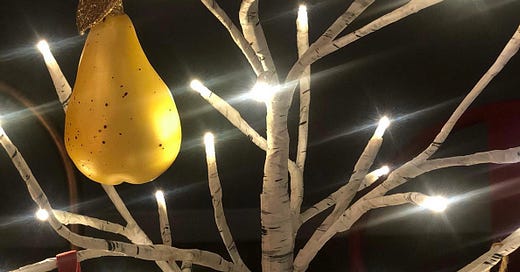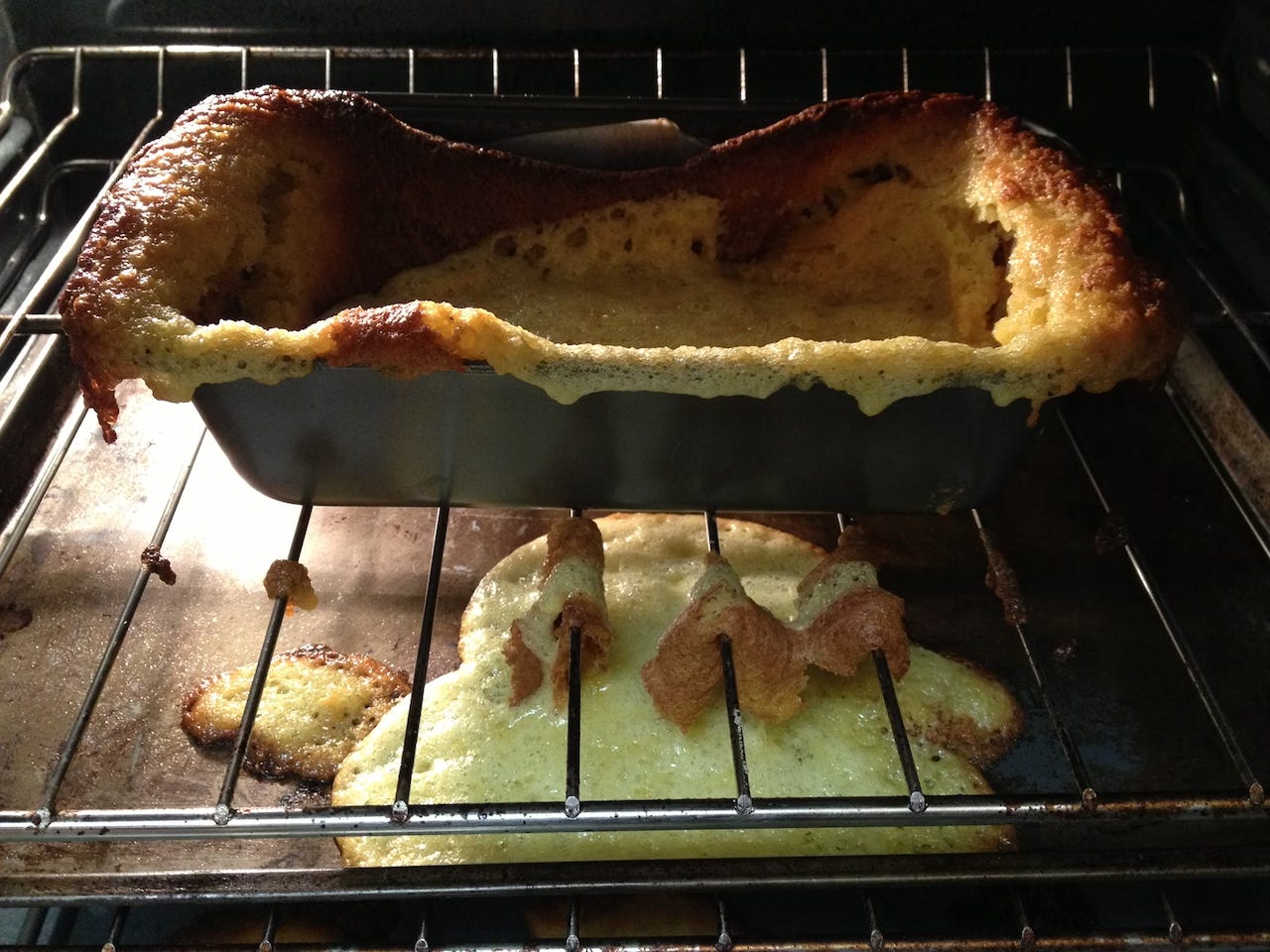When I committed to studying coaching seriously after years of taking an occasional workshop, I often got this feedback from my instructors: I wasn’t curious enough. It baffled me—after all, I considered myself endlessly curious. More than that, friends and family called me curious, too.
Determined to understand what I was missing, I dug deeper. What I eventually learned about curiosity, and myself, didn’t only matter to my coaching: it improved my life. In the way that I’m referencing it, curiosity is small but powerful tool that can shift one’s perspective. It’s like a screwdriver, or a wrench, but not a hammer: it’s a handheld way to open up one’s self and others to form closer bonds, and I think it can take some of the pressure off the holidays too.
If this sounds intriguing, you’re piqued, you want to be more curious too, etc., here’s some info to get started, plus a big dollop of whipped goodness god bless because, whew. Holidays can be magical, and they can be overwhelming, and you’re doing great.
Let’s begin with more context. In the parlance of coaching, curiosity is what we call a “metaskill.” A metaskill is a mindset, a vibe, or the energy we embody in any given situation. Like shifting gears in a car, we all toggle between different ways of being naturally; the new skill is to choose this angle of approach with intention.
Turning tedious chores into a game is how you might embody the metaskill of being playful. Championing and encouraging your team after a loss is slipping into the metaskill of resilience and optimism. You get it. It can feel super awkward to expand your range consciously because newer ways of being are not intuitive at first. It can feel fake, and you likely will make mistakes and bumble around. But the practice is part of it. Trust me, I was all over the place working out how to be more authoritative in positions of greater leadership; I can think of a few times that I shot real bullets with my words because I didn’t know the boundary between being assertive and aggressive. Luckily, practicing embodying curiosity can be playful and fun.
It turns out that there’s more than one way to be curious, and this was what I had to learn as a coach, and in life. I had honed a particular kind of curiosity as a writer, reporter, and academic; I could be curious about a wide range of topics, but I also had tunnel-vision, which is to say I was narrowly focused on discovering answers to my questions, which were usually great questions for my purposes. This type of curiosity has a drive and forcefulness behind it.
Another way to be curious is with a softer, more diffuse focus. It’s go-with-the-flow curiosity. It’s the difference between going to Target to buy a new coffee grinder, versus going there to wander the aisles and discover what you might want. (I’m betting you know which type of shopper you are!) One of my Cento interviewees described it well when she said the coach’s job was to be “professionally lost.”
Curiosity is tough to measure and define, which is why I struggled to clarify my own, and why people couldn’t pinpoint how to be curious in a new way. But this study out of the University of Pennsylvania might help: university researchers sought to understand different curiosity styles by examining the way people used Wikipedia. Study participants were asked to browse Wikipedia for 15 minutes a day for several weeks with no further instructions. Researchers then were able to observe the digital ground they covered. Turns out, there were those who conducted very clustered searches like hunters, indicating more relatedness between topics and links. In contrast, others traversed a wider range of digital ground, more like gatherers, creating broad, sweeping paths between their searched topics.
As a curious person, I needed to learn how to be curious like a gatherer in my relationships. I had to let go of driving toward answers, and oddly enough, some of this was an adjustment of my physical self. When I am in a focused state, I furrow my brow. I can feel my intellect become more sharp, like a hawk. To cultivate a more diffuse curiosity, I actively think to soften the muscles of my face and shift my awareness. I pay more attention with my senses—what I see, hear, intuit, etc. This takes a lifetime of practice, by the way.
An example might help. A few months ago I was in an Uber when my driver, a woman in her late 30s, began talking politics. (Truly, I did not invite this. Or I might have accidentally, I don’t remember, but here we were.) It quickly became clear that we held different perspectives, and trusted different media sources, and I did not want to debate. Instead, I let go of any agenda and got curious about her as an individual.
She continued speaking about mental illness and homelessness when I heard something shift in her voice—it cracked just a tad. “I heard something in your voice just then,” I said. Not interpreting, just noticing. This is how to get more curious. She softened, and told me a personal story. Now we were connecting.
Yes, it could be easier to engage like this with a stranger. But strangers don’t always open up like that, either; if you’ve hit a spot that’s too tender, like the bruise on an apple, they might wince or pull back. That’s ok! The trick is to let go of an agenda or expectation of what will happen next, and simply pay attention to what you haven’t noticed before. You will move the needle somehow, I promise.
This is a reminder for me as much as it is for you, by the way. That’s the thing about a craft—there’s always more to learn. In the spirit of trying and failing, please enjoy this picture of a cake I baked at Christmas several years ago. Very curious indeed.
Happy holidays to you. Thank you for being a reader, a subscriber, a corresponder, a friend of Cento. Peace. Love.





